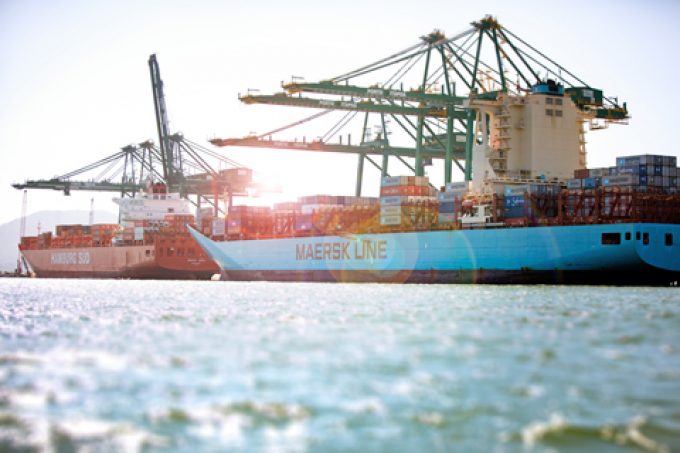East-west rates diverge as transpac spots hold while Asia-Europe keeps falling
Container spot freight rates on the main east-west trades diverged this week after a series ...

Maersk Line has announced it is cutting its FAK rates from Asia to Northern Europe from 16 May, as ocean carriers serving the trade continue to suffer from soft demand ahead of the peak season.
The Danish container line will slash its rate from Shanghai to North European ports by $300, to $1,600 per 40ft, as it begins to feel the heat from the launch of the Ocean Alliance’s additional seventh loop last month.
Maersk’s new FAK rates will be valid until ...
'Disastrous' DSV-Schenker merger would 'disrupt European haulage market'
New senior management for DSV as it readies for DB Schenker takeover
Volumes set to 'fall off a cliff' as US firms hit the brakes on sourcing and bookings
Asian exporters scramble for ships and boxes to beat 90-day tariff pause
Amazon pushes into LTL for small package fulfilment and UPS does a u-turn
Temporary tariff relief brings on early transpacific peak season
Pre-tariff rush of goods from US to China sees air rates soar, but not for long
'Tariff madness' will prompt renegotiation of ocean shipping contracts

Comment on this article